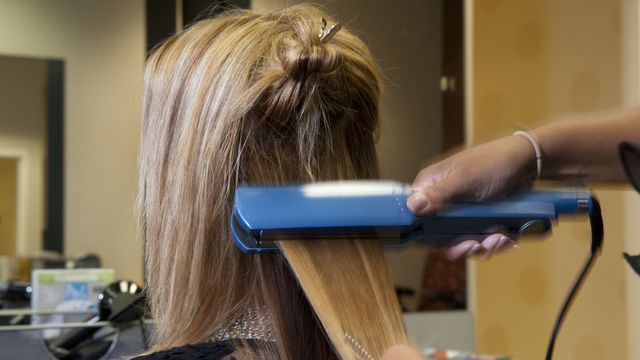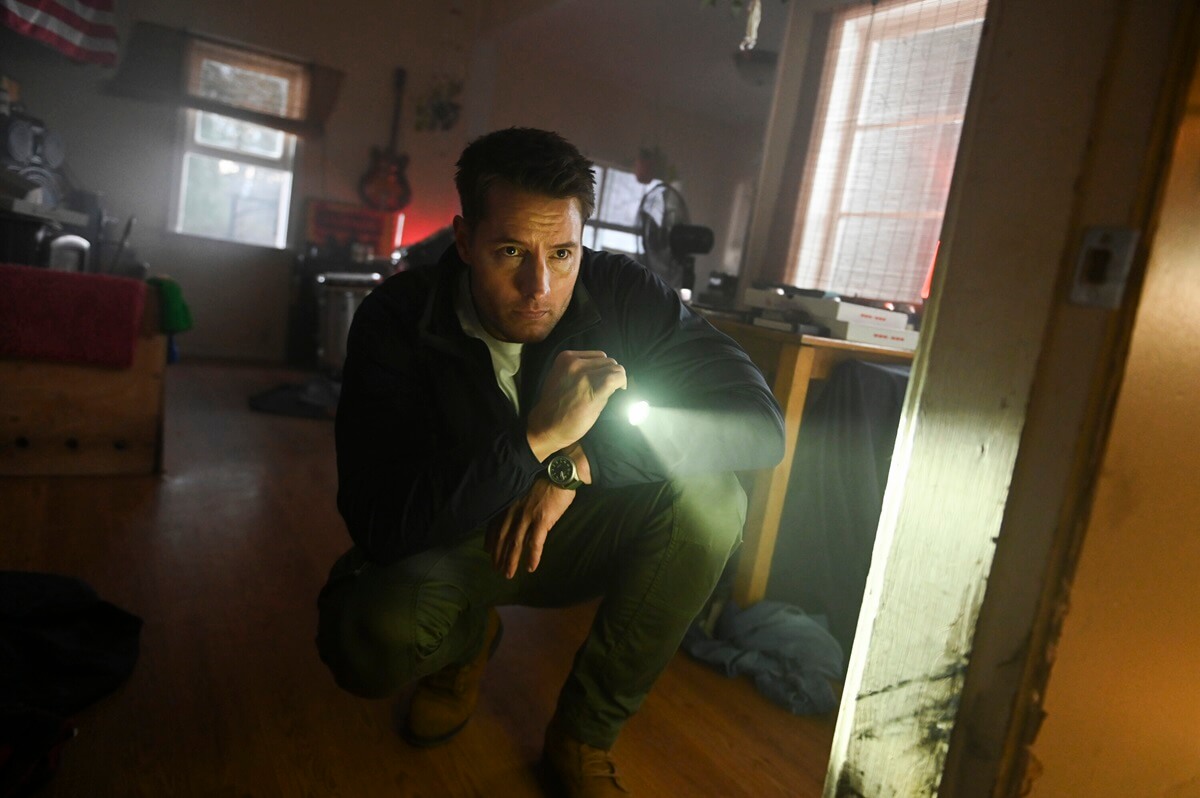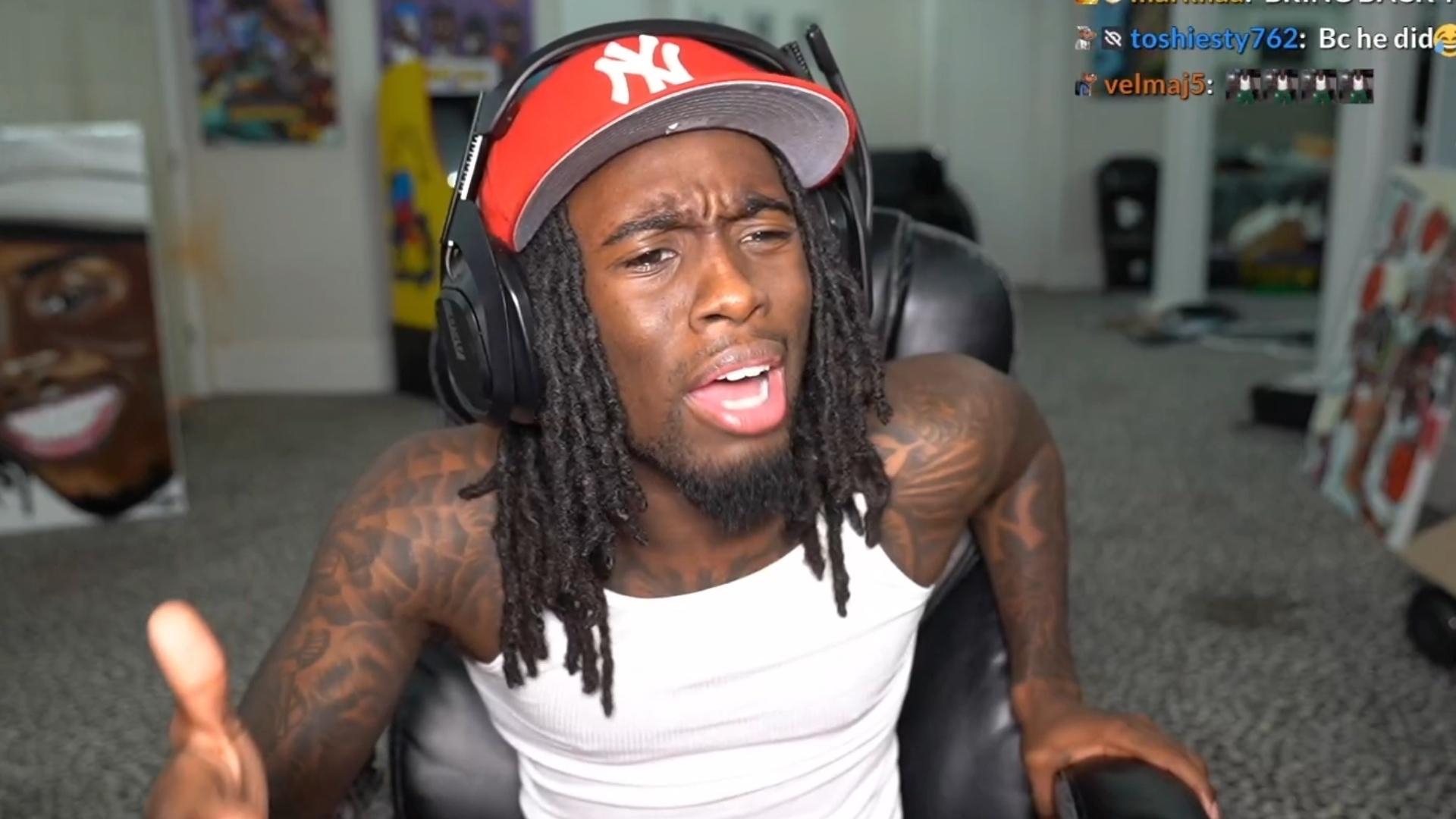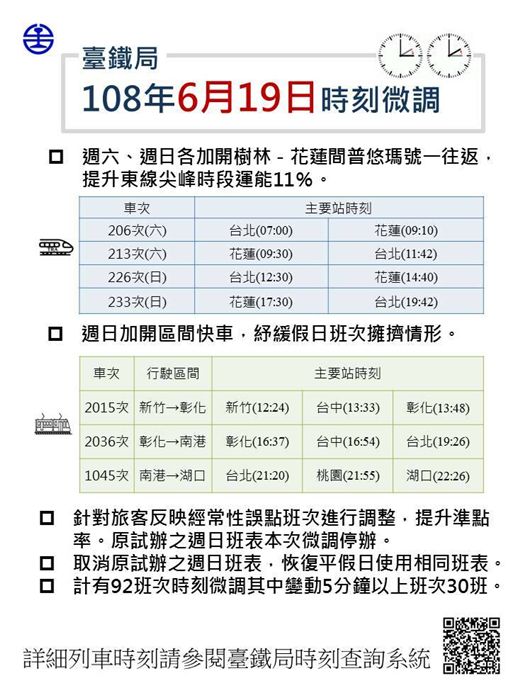Investigating The Health Impact Of Synthetic Hair Braids On Black Women

Table of Contents
Traction Alopecia and Hair Loss from Synthetic Braids
Traction alopecia is a form of hair loss caused by prolonged pulling or tension on the hair follicles. Excessively tight braiding with synthetic hair is a major contributor to this condition. The weight of the synthetic hair, combined with tight braiding techniques, puts significant stress on the hair follicles, leading to damage and eventual hair loss. Symptoms of traction alopecia include:
- Receding hairline: Noticeable thinning or loss of hair along the hairline.
- Thinning hair: A general reduction in hair density across the scalp.
- Scalp tenderness: Pain or discomfort when touching the scalp.
- Visible hair follicle damage: Broken or damaged hair follicles may be visible upon examination.
Specific braiding styles that often contribute to traction alopecia include cornrows, tight braids, and individual braids that are excessively small and tightly pulled. It's crucial to ensure your stylist uses gentle braiding techniques and avoids excessive tension. Regularly checking the tightness of your braids and requesting adjustments as needed are essential preventive measures.
Scalp Infections and Irritation Caused by Synthetic Hair Braids
Synthetic hair braids, if not properly cared for, can increase the risk of scalp infections and irritation. Several factors contribute to this increased risk:
- Poor hygiene practices: The lack of proper cleaning under the braids can lead to a buildup of sweat, dirt, and oil, creating a breeding ground for bacteria and fungi.
- Reactions to synthetic materials: Some individuals may experience allergic reactions or sensitivities to the materials used in synthetic hair extensions.
- Build-up of sweat and dirt: Sweat and dirt trapped beneath the braids can irritate the scalp, leading to itching, inflammation, and potential infection.
Maintaining excellent scalp hygiene is crucial when wearing synthetic braids. This includes:
- Regular cleansing: Using a gentle, sulfate-free shampoo to clean the scalp and hair as often as possible without disturbing the braid's integrity.
- Appropriate products: Using products designed for sensitive skin and avoiding harsh chemicals that could further irritate the scalp.
Folliculitis, an infection of the hair follicles, is a common scalp infection associated with synthetic braids. If you experience symptoms like pus-filled bumps, intense itching, or pain, consult a dermatologist for appropriate treatment.
Hair Breakage and Damage from Synthetic Braids
The weight and texture of synthetic hair can contribute significantly to hair breakage and damage. Tight braiding, combined with the additional weight, puts immense stress on the hair strands, leading to:
- Hair breakage: Snapping or breaking of hair shafts.
- Split ends: The splitting of hair ends, making them prone to further breakage.
- Dryness: Synthetic hair can be less resilient to moisture loss, resulting in dryness, brittleness, and increased breakage.
- Styling damage: Frequent manipulation or styling of the braids can also contribute to hair damage.
Prolonged wear without proper care significantly exacerbates these issues. Minimizing hair breakage and damage requires proactive measures, including:
- Using conditioners and moisturizers: Regularly moisturizing the hair and scalp helps maintain elasticity and reduces breakage.
- Avoiding overly tight braids: Gentle braiding techniques significantly reduce tension on the hair follicles.
- Taking breaks from wearing braids: Allowing your hair to breathe and rest is crucial for preventing damage.
- Using gentle detangling techniques: Using a wide-tooth comb and applying a detangling product reduces damage during detangling.
Choosing Safe Synthetic Hair and Braiding Techniques
Selecting high-quality synthetic hair and employing gentle braiding techniques are essential for minimizing the risks associated with synthetic hair braids. Opt for synthetic hair that feels soft and looks natural, and avoid materials that feel excessively rough or synthetic. Finding a reputable supplier is key to ensuring you are using safe and high-quality products.
Choosing an experienced stylist is equally crucial. Look for stylists who specialize in protective styling for Black women and have a proven track record of creating styles that minimize scalp and hair damage. Regular inspections and adjustments to your braids can help prevent excessive tension and potential damage.
Practical tips for finding a qualified stylist include:
- Checking online reviews and testimonials: See what other clients have to say about their experience.
- Asking for referrals: Seek recommendations from friends or family.
- Observing their techniques: If possible, observe the stylist's technique before committing to a style.
Conclusion: Protecting Your Hair Health with Synthetic Braids
While synthetic hair braids offer a stylish and versatile option for Black women, understanding the potential health risks is crucial for making informed choices. Maintaining good scalp hygiene, selecting high-quality synthetic hair, using gentle braiding techniques, and taking regular breaks from wearing braids are essential strategies for protecting your hair health. Remember, prioritizing your hair's health means choosing safe synthetic braids and investigating the best braiding techniques that minimize damage. Consult with a dermatologist or a hair stylist specializing in protective styling to discuss your specific needs and concerns. Protect your hair health – it’s an investment in your overall well-being.

Featured Posts
-
 The Ultimate Paramount Showdown Which Show Reigns Supreme
May 27, 2025
The Ultimate Paramount Showdown Which Show Reigns Supreme
May 27, 2025 -
 Find Out When Tracker Season 2 Episode 18 Airs
May 27, 2025
Find Out When Tracker Season 2 Episode 18 Airs
May 27, 2025 -
 Kai Cenats Streamer University Everything You Need To Know
May 27, 2025
Kai Cenats Streamer University Everything You Need To Know
May 27, 2025 -
 6 6
May 27, 2025
6 6
May 27, 2025 -
 Tariffs Overshadowed At G7 Finance Ministers Meeting
May 27, 2025
Tariffs Overshadowed At G7 Finance Ministers Meeting
May 27, 2025
